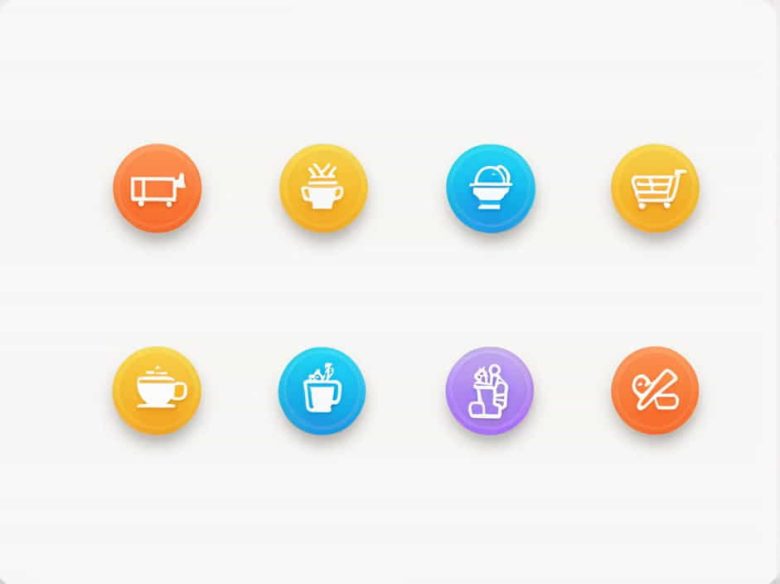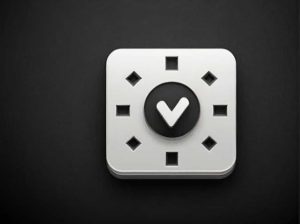Have you ever struggled with a door that won’t open the way you expect? Or fumbled with a remote control that has too many buttons? These are examples of thoughtless design—objects created without considering how real people will use them.
Good design should make life easier not frustrating. Yet many everyday products—from household appliances to public spaces—fail to prioritize usability. This topic explores common examples of bad design their impact on daily life and how designers can create more user-friendly experiences.
What Is Thoughtless Design?
Thoughtless design refers to products interfaces or spaces that are difficult confusing or frustrating to use. It happens when designers:
- Ignore user behavior
- Prioritize aesthetics over function
- Fail to test their designs with real users
When objects lack usability they waste time create stress and even lead to accidents.
Examples of Bad Design in Everyday Life
1. Doors That Confuse Users
One of the most famous examples of bad design is the “Norman door” named after usability expert Don Norman. These are doors that look identical on both sides making it unclear whether to push or pull.
A well-designed door should have visual cues—such as a push plate or a handle—that make its function obvious.
2. Complex Remote Controls
Many modern remote controls have dozens of tiny buttons most of which are never used. This overload of options makes it difficult for users to:
- Find the right button quickly
- Understand what each button does
- Navigate simple functions like volume or input selection
A better design would use fewer well-labeled buttons and intuitive layouts.
3. Hard-to-Use Microwave Interfaces
Many microwaves have unnecessarily complicated control panels. Instead of a simple “Start” button they feature:
- Too many presets (e.g. “popcorn” “pizza” “beverage”)
- Small unclear labels
- Confusing multi-step processes to set time and power
A better design would focus on clear easy-to-read labels and a simple button layout.
4. Confusing Public Restrooms
Public restrooms often suffer from poor design choices such as:
- Sink faucets that don’t align with the basin causing water to splash
- Automatic hand dryers placed too close to sinks making hands wet again
- Unclear signs for male and female restrooms
Good restroom design should focus on flow usability and accessibility.
5. Terrible Packaging
Bad packaging design can be frustrating especially when it:
- Is impossible to open without scissors (e.g. plastic clamshell packaging)
- Has misleading labels (e.g. a “resealable” bag that doesn’t actually reseal)
- Doesn’t consider all users (e.g. childproof bottles that seniors can’t open)
A well-designed package should be easy to open resealable when needed and accessible to all users.
How Thoughtless Design Affects Us
1. Wasted Time
When everyday objects are poorly designed people waste time trying to figure them out.
2. Increased Frustration
Bad design leads to frustration which affects mental well-being.
3. Potential Safety Risks
Some thoughtless designs can even be dangerous. For example:
- Poorly labeled medicine bottles can lead to accidental overdoses.
- Bad road signage can cause traffic confusion and accidents.
What Makes a Good Design?
1. Simplicity
The best designs are intuitive and straightforward. If an object requires an instruction manual for basic use it’s too complicated.
2. User-Centered Approach
Good design prioritizes the user. It considers:
- How people naturally interact with objects
- Common mistakes users might make
- Accessibility for all types of users including those with disabilities
3. Testing and Feedback
Before finalizing a design companies should test products with real users and gather feedback. Many bad designs exist because they were never tested outside the design team.
Thoughtless design is everywhere from doors and remotes to packaging and public spaces. These bad designs waste time create frustration and sometimes even pose safety risks.
Good design on the other hand should be simple intuitive and user-friendly. By prioritizing usability and testing products properly designers can create objects that enhance everyday life rather than complicate it.



